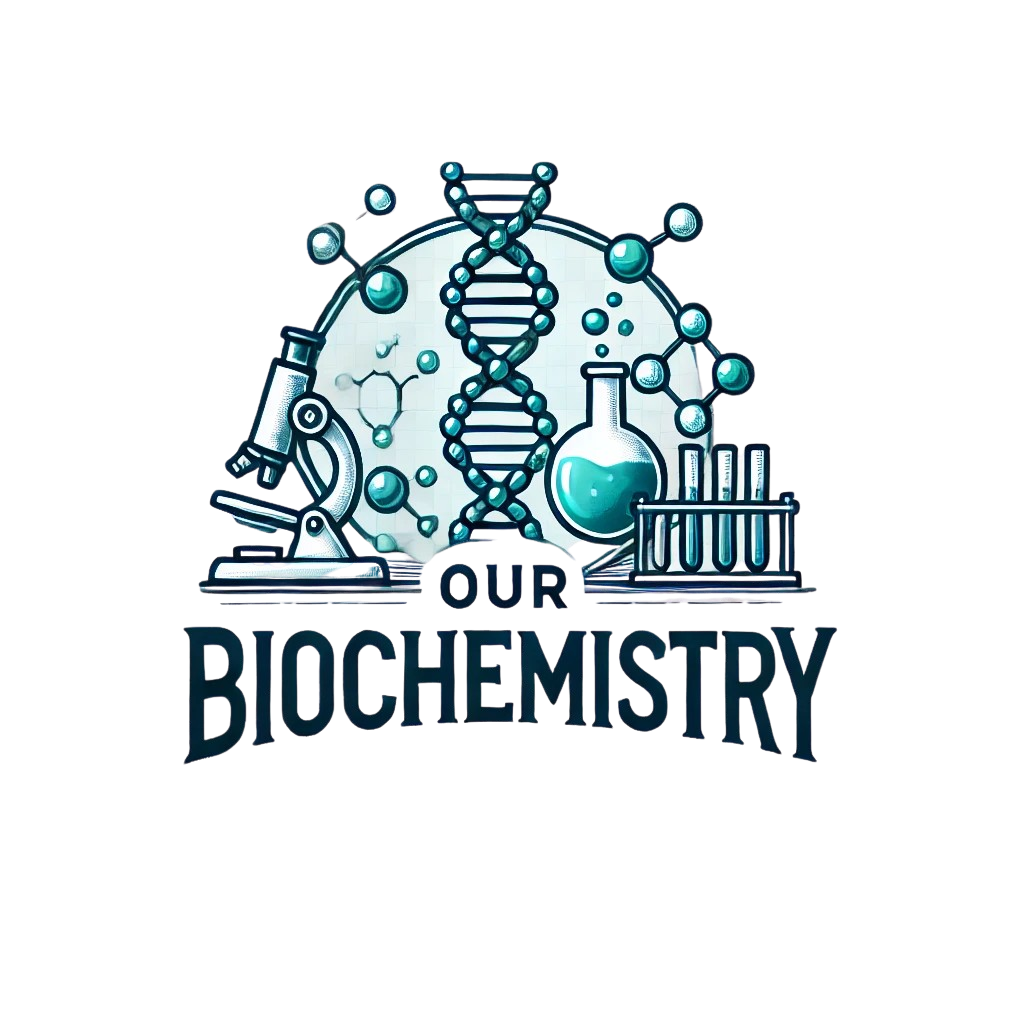Library
Our Biochemistry > Library > USMLE Content > Energy metabolism > Quick revisions > Comprehensive Overview of Fatty Acid Metabolism Disorders: Key Enzyme Defects, Clinical Manifestations, and Mnemonics for Easy Recall
Comprehensive Overview of Fatty Acid Metabolism Disorders: Key Enzyme Defects, Clinical Manifestations, and Mnemonics for Easy Recall
- November 9, 2024
- Posted by: Namrata Chhabra
- Category: Energy metabolism Learning resources Library Metabolism of lipids Quick Revision Series Quick revisions Quick revisions USMLE Content
No Comments
Overview of Fatty Acid Metabolism Disorders
| Disorder | Enzyme Defect | Impairment Type | Clinical Manifestations | Mnemonic |
| Medium-Chain Acyl-CoA Dehydrogenase Deficiency (MCAD)
|
Acyl-CoA Dehydrogenase specific for medium-chain fatty acids | Impaired beta-oxidation of medium-chain fatty acids | Hypoglycemia, lethargy, vomiting, seizures, coma, and sudden infant death | MCAD = “Might Collapse And Die” |
| Carnitine Deficiency | Carnitine transporter or synthesis defect | Impaired transport of long-chain fatty acids | Muscle weakness, cardiomyopathy, hypoketotic hypoglycemia | “Car Can’t Fuel” |
| CPT I Deficiency | CPT I (Carnitine Palmitoyltransferase I) | Impaired long-chain fatty acid entry into mitochondria | Hypoketotic hypoglycemia, liver dysfunction, hyperammonemia | “CPT I = Can’t Properly Transport I” |
| CPT II Deficiency | CPT II (Carnitine Palmitoyltransferase II) | Impaired beta-oxidation of long-chain fatty acids | Muscle pain, rhabdomyolysis, myoglobinuria post-exercise, Hypoketotic hypoglycemia in severe cases | “CPT II = Cramps Post Two” |
| Jamaican Vomiting Sickness | Inhibition of acyl-CoA dehydrogenase by hypoglycin A (from unripe ackee fruit) | Impaired medium- and short-chain fatty acid oxidation | Sudden vomiting, severe hypoglycemia, liver failure, seizures | “Jamaican Akee Crisis” |
| Adult Refsum Disease | Phytanoyl-CoA hydroxylase defect | Impaired alpha-oxidation of branched-chain fatty acids | Retinitis pigmentosa, peripheral neuropathy, cerebellar ataxia, scaly skin | “Refsum = REtinitis + FAtty SUM” |
| Dicarboxylic Aciduria | Medium-chain acyl-CoA dehydrogenase deficiency (MCAD) or peroxisomal issues | Impaired omega-oxidation (with secondary beta-oxidation deficiency) | Accumulation of dicarboxylic acids, hypoglycemia, lethargy | “Di-Carb Double Trouble” |
| Zellweger Syndrome | Defect in peroxisome biogenesis | Impaired very long-chain fatty acid and branched-chain fatty acid metabolism | Hypotonia, seizures, hepatomegaly, developmental delays | “Zell-weary Syndrome” (fatigue, peroxisomal issues) |
| Infantile Refsum Disease | A peroxisomal disorder affecting phytanoyl-CoA hydroxylase | Impaired alpha-oxidation of branched-chain fatty acids | Developmental delay, hypotonia, retinal dystrophy, hepatomegaly | “Infant’s REsuming Issues” |
| Adrenoleukodystrophy (X-ALD) | Defect in the ABCD1 gene affecting peroxisomal transport | Impaired very long-chain fatty acid oxidation | Neurological deterioration, adrenal insufficiency, progressive demyelination | “AD-reNo-leuko Trouble” (Adrenal + Leukodystrophy) |
1. Difference Between Infantile and Adult Refsum Disease:
-
- Infantile Refsum Disease:
- Caused by broader peroxisomal dysfunction affecting alpha-oxidation of branched-chain fatty acids.
- Clinical manifestations include developmental delay, hypotonia, retinal dystrophy, and hepatomegaly.
- Adult Refsum Disease:
- Specifically caused by a defect in phytanoyl-CoA hydroxylase, impacting the alpha-oxidation of phytanic acid.
- Clinical features include retinitis pigmentosa, peripheral neuropathy, cerebellar ataxia, and scaly skin. It generally has a later onset compared to the infantile form.
- Infantile Refsum Disease:
2. Manifestations in CPT I and CPT II Deficiency:
-
- CPT I Deficiency:
- Primarily affects the liver, leading to hypoketotic hypoglycemia and symptoms related to impaired gluconeogenesis, such as lethargy and liver dysfunction. Hyperammonemia can occur due to increased amino acid catabolism and impaired urea cycle function during metabolic stress.
- CPT II Deficiency:
- Mainly affects muscle tissue. Manifestations include muscle pain, rhabdomyolysis, and myoglobinuria following prolonged exercise or fasting. Severe cases may also present with hypoketotic hypoglycemia, but this is less common than in CPT I deficiency. The impaired fatty acid oxidation reduces both gluconeogenesis and ketone body production, leading to hypoglycemia and hypoketosis, especially during periods of increased energy demand like fasting or prolonged physical activity.
- CPT I Deficiency:
3. Cause of Hyperammonemia:
-
- Hyperammonemia in fatty acid oxidation disorders like CPT I deficiency is due to impaired beta-oxidation, leading to an energy deficit in the liver. This energy deficit impacts the urea cycle’s ability to detoxify ammonia effectively. As a result, ammonia accumulates because it cannot be converted efficiently to urea for excretion, leading to elevated levels in the bloodstream.
Author:Namrata Chhabra
With over 38 years of experience as a Medical Educator, Medical Biochemist, and Researcher, Dr. Namrata Chhabra has a proven track record of leading and contributing to clinical, academic, and research initiatives that advance medical science and education. She holds an M.B.B.S., an M.D. and Ph.D. in Medical Biochemistry, and a Master's in Health Professions Education (MHPE). She is also a FAIMER Fellow, a prestigious recognition of her excellence in medical education and research.
Currently, she serves as the Associate Dean of Admissions, Chair of the Admissions Committee, and a Professor of Biochemistry at the American University of Antigua College of Medicine (AUACOM). In this role, she oversees the academic quality, curriculum development, faculty development, accreditation processes of the college, and student recruitment. She also teaches and mentors medical students, conducts and supervises biomedical and educational research projects, and publishes and presents her findings in national and international journals and conferences. Additionally, she is the author of three comprehensive textbooks on Medical Biochemistry, which are widely used by medical students and professionals. She is passionate about improving the health outcomes of communities and individuals by fostering a culture of innovation, collaboration, and excellence in medical education and research.
